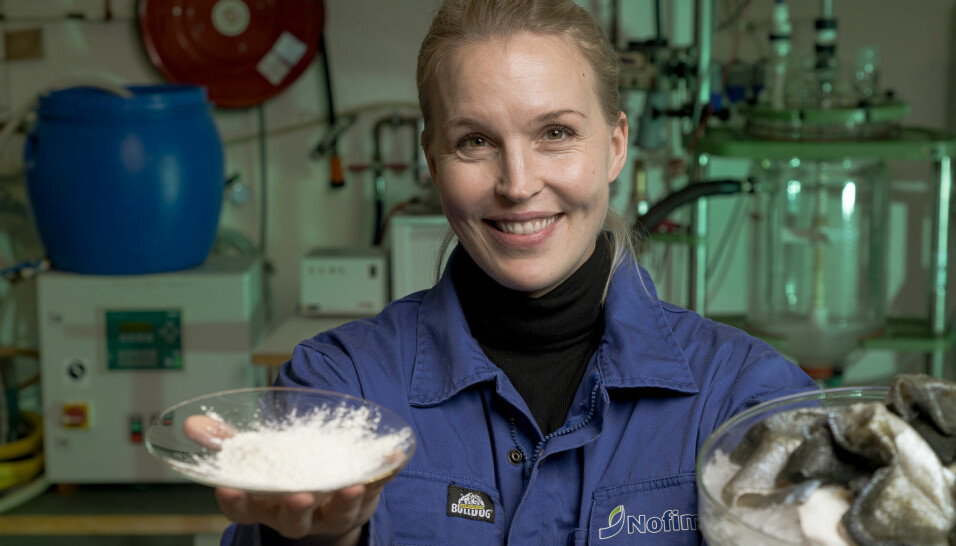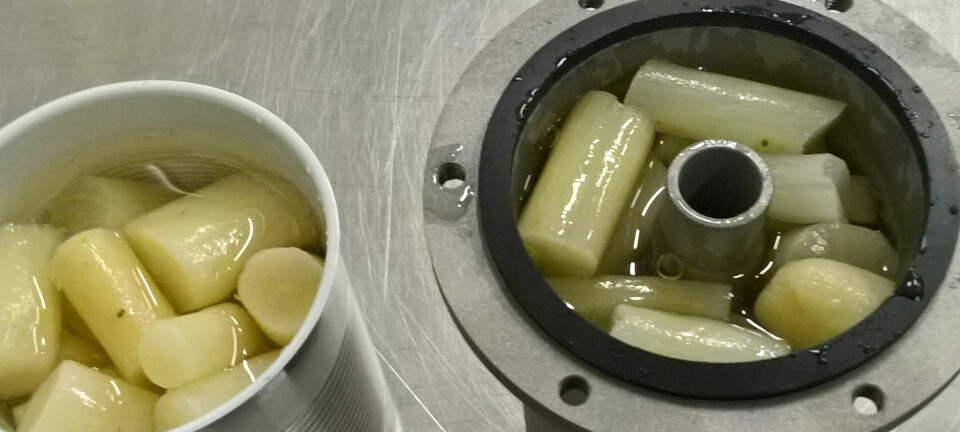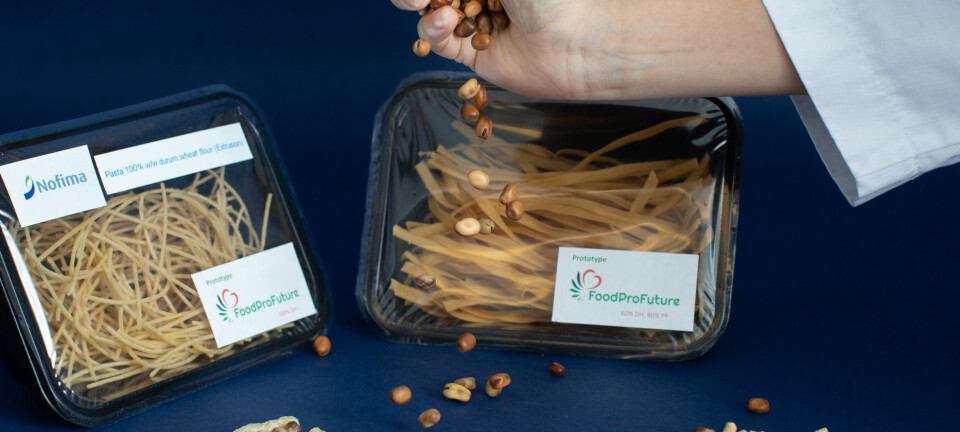This article was produced and financed by Nofima The Norwegian Institute of Food, Fisheries and Aquaculture Research - read more

Many Europeans lack knowledge of proper microwave use
Scientists have asked consumers across Europe about their microwave habits. Their answers suggest that many do not know how they should best use their microwave to cook healthy and nutritious meals.
Despite the fact that the microwave is a natural fixture in many modern kitchens, it seems that there are very few people who use it for more than a few basic tasks.
In an informal survey among 600 consumers from across Europe, the majority said they use the microwave mostly to reheat food leftovers and to thaw frozen food. Some also use it to heat milk and ready-made dishes.
However, this kitchen fixture has a far greater potential. An increasing number of products in microwave-safe packaging are being introduced to the market. For example, the market for ready-made dishes is largely based on providing the ability to heat the dish in the microwave, and many different products of this kind are now available. However, anyone who swears by cooking meals from scratch can also find the microwave to be a good partner in the kitchen.
European microwave habits
As part of the EU-funded research project InProVe European scientists are working together to improve several food technologies, including microwave technology, to make potato- and vegetable production more sustainable.
At RISE in Gothenburg, scientists are using a specially-built microwave tunnel which will be able to inactivate bacteria with a combination of microwaves and pressure. They are currently running experiments involving root vegetable soup. Similar experiments are also carried out at Nofima in Stavanger. The aim of the research is to save time and electricity during production, while giving the food longer shelf life and allowing for better preservation of nutrients.
Consumers, too, can benefit from using a microwave – as long as you do it right. That’s why researchers invited European consumers to talk about their microwave habits in an informal online survey which was not intended to meet strict scientific requirements for consumer surveys, and is therefore not part of the research. The participants in the survey were asked about how they use their microwave, what they use it for and their attitudes toward food that is cooked in a microwave.
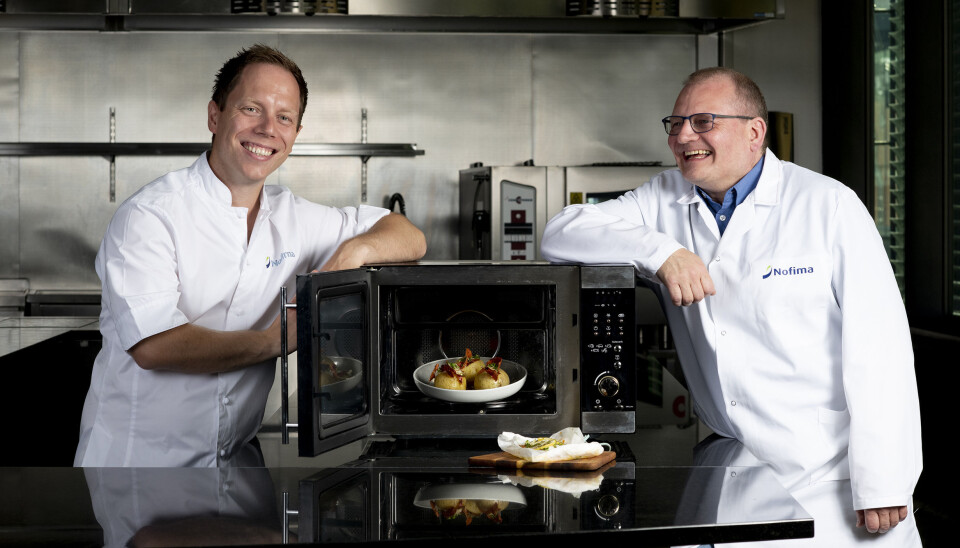
Healthy microwave dishes
Microwave ovens work by sending microwaves into the dish inside the oven. The microwaves quickly heat up any liquids in the dish, which in turn disseminate this heat throughout the dish.
Through years of research, scientists have found several benefits of cooking using microwaves.
"We have documented that vegetables cooked in microwave ovens retain nutrients better than if they are boiled in water. In addition, the vegetables also retain better colour and consistency," says Senior Researcher Dagbjørn Skipnes at Nofima.
Unlike with cooking and frying, where the heat penetrates the food item from the outside and inwards towards the core, microwaves can heat up ingredients more quickly from within, which is a more gentle process for the food.
From state-of-the-art to a quick-fix solution
When the microwave made its entrance into households in the nineties, this «marvel» that cooked food in a fraction of the time was compared to a stove. But it did not take long before the mood turned – many felt that the food did not turn out as good as it should; it didn’t have the right taste or texture. Eventually the microwave was perceived rather as a quick-fix solution for people who cannot cook.
Still, the majority of respondents stated that they use their microwave oven every day. Microwave ovens are common in catering and commercial kitchens, cafés and restaurants, and large microwave units are also used across the food industry to kill bacteria before food is sent out to market.
More training needed
Senior scientist Dagbjørn Skipnes says the slightly poor reputation the microwave oven has is undeserved, and is due to a lack of knowledge. He believes most people have something to learn when it comes to microwave cooking – not just students and singles.
“When people buy a conventional oven, they acquaint themselves with its various settings and possibilities. You may not do that to the same degree when you buy a microwave, but that too is a kind of oven. Maybe a small guide should accompany it”, he suggests.
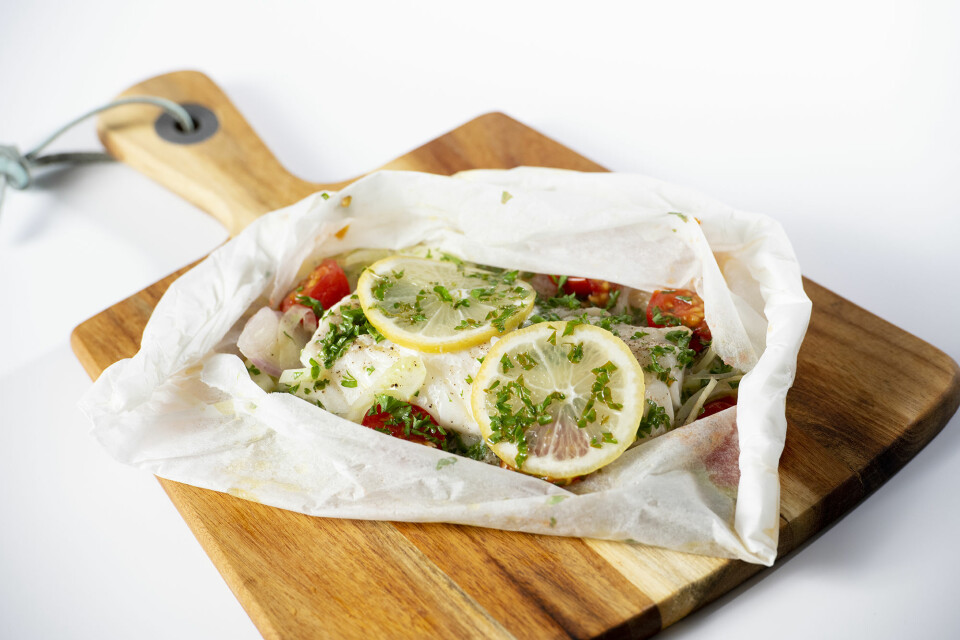
A good start would be to read the instructions on the packaging thoroughly if you’re cooking microwave dishes. Most microwaveable dishes come with recommendations for the strength of the heat you should use to heat the dish in the microwave, and for how long. However, each microwave oven might behave a little bit differently, so the result might not be what you expected. Here you just need to feel your way around in order to learn how your microwave behaves.
Should you worry about any negative health effects?
When the microwave arrived on the domestic market, there was a lot of debate concerning the radiation hazard, or risk of microwave energy leakage. When asked if they are worried that food cooked in a microwave oven is harmful for your health, most of the respondents said no. A small number was a little bit concerned, but it did not seem to affect how much they used the microwave. According to microwave scientist Birgitta Raaholt at RISE, this is rarely a subject for discussion anymore, as the microwaves are locked inside the oven and are only activated during the actual operation.

“Using a microwave oven is harmless. When the oven is turned off, the microwave fields are also completely switched off. They help heat the food, and nothing else. The frequency used when heating food with microwaves is non-ionising, which among other things means no residual microwaves remain in the food when the oven is switched off.
What may be worth considering, however, is the fact that if you use the maximum power setting for too long, you increase the risk of burning the food – and you should avoid eating burnt food.
Microwaves quickly heat up what needs to be heated, but not the air that surrounds it, or the packaging. To achieve the best possible (and most efficient) heating, you should use vessels that are designed for use in microwave ovens. Most types of oven proof vessels of glass, porcelain and stoneware can be used.
“Check the labelling on the pack. If you see the microwave symbol, it’s intended for use in the microwave.”
Ready-cooked dishes that are specially designed for use with microwave ovens are often labelled with information about the power setting you should use for cooking the dish. For the best result you should always follow the instructions on the pack.
Full blast
Following the instructions on the pack may sound obvious, but in fact the survey revealed that most people use the microwave at maximum effect just about every time they use the microwave. This is one of the typical mistakes people do when cooking food in the microwave, says Dagbjørn Skipnes.
“Overcooked food doesn’t taste good, no matter what kind of oven you use. No one uses a regular stove oven on maximum heat all the time. That's how you should think about the microwave too – different food requires different heat levels and cooking times to turn out the way it should. The power setting should be adjusted according to the type of food you are preparing in order to preserve the nutrients and proper consistency of the dish”, says Skipnes.
If you are defrosting food, you should thaw it on low power, around 250 W, and be patient. If you are heating meat or fish, the advice is to use medium heat, such as 400–500 W for five minutes, rather than maximum power for two and a half minutes.
If you are cooking a dish which is a mixture of different ingredients, such as a casserole dish or soup, the different ingredients may require different heating times. Skipnes recommends stirring several times during cooking to ensure that all parts of the dish are evenly exposed to the microwaves. He also shares another tip to ensure the most even heat distribution: Placing the food near the edge of the rotating plate.
“If you have a microwave oven with a rotating plate, you should place the dish closer to the edge. This will make for a more even heating of the dish, and you avoid having some sections become much hotter than others.”
Most food can be heated in a microwave oven, but there are some exceptions. If you cook an egg in its shell in the microwave, it's likely to explode. Besides, microwaved food often turns soft, so if you’re after a crispy crust, it’s better to use a conventional oven.
Find out what the food weighs
If you wish to cook each component of your meal to perfection in the microwave, the experts’ protip is that you should calculate the cooking time and power level based on the weight of each food item. Here’s a helpful table:
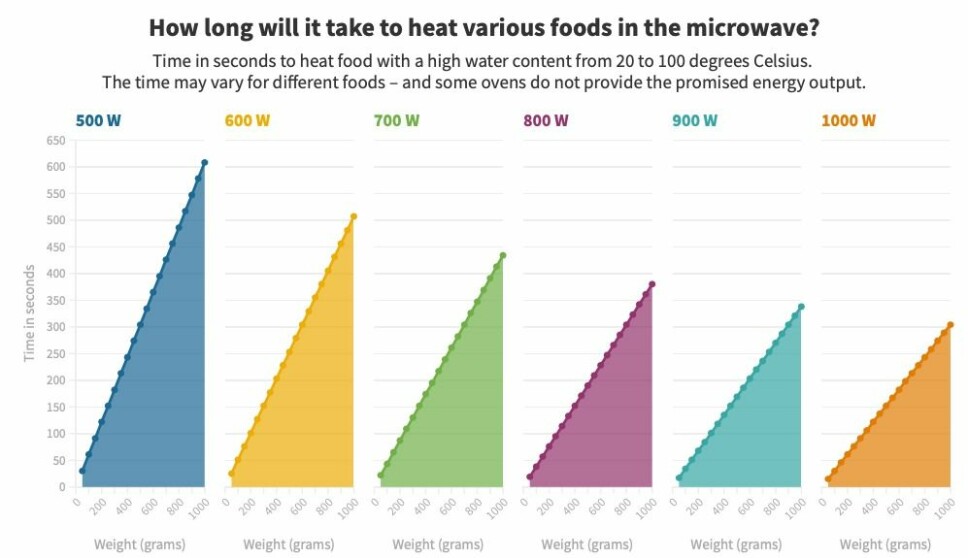
———








